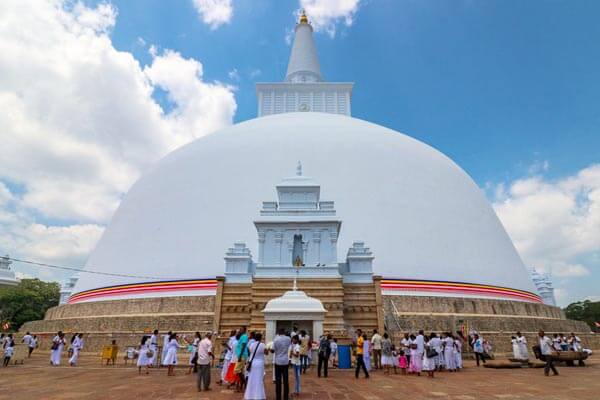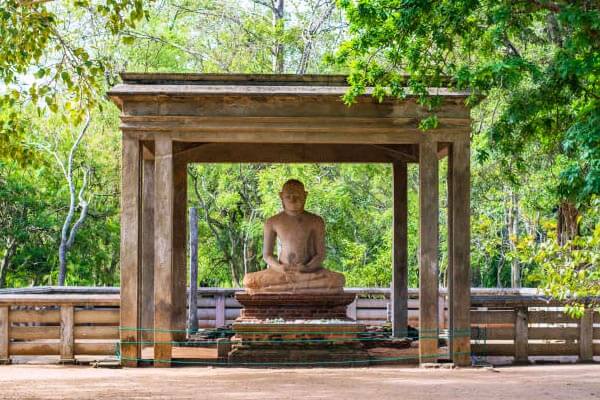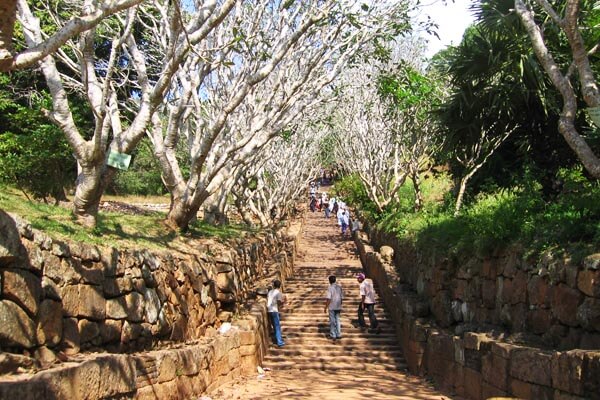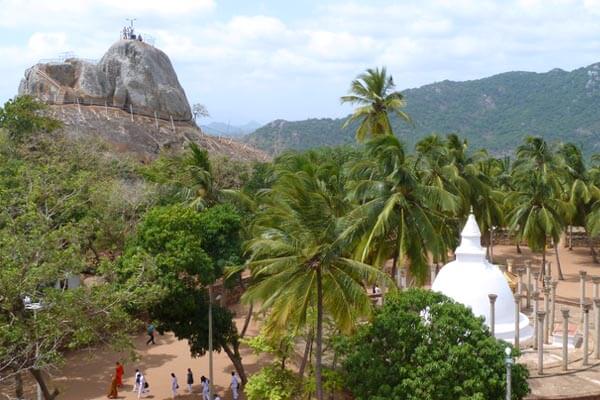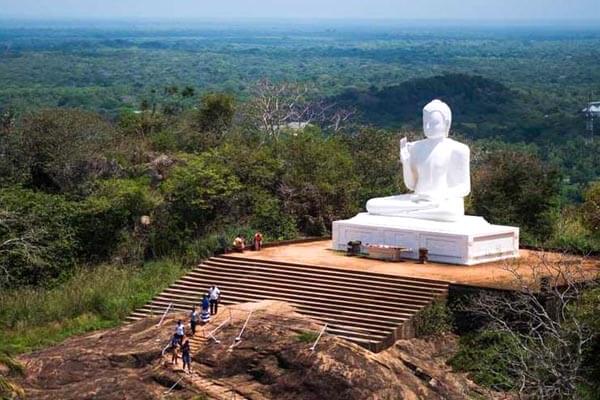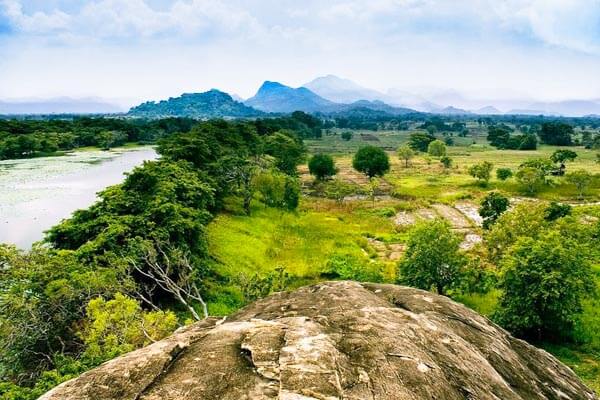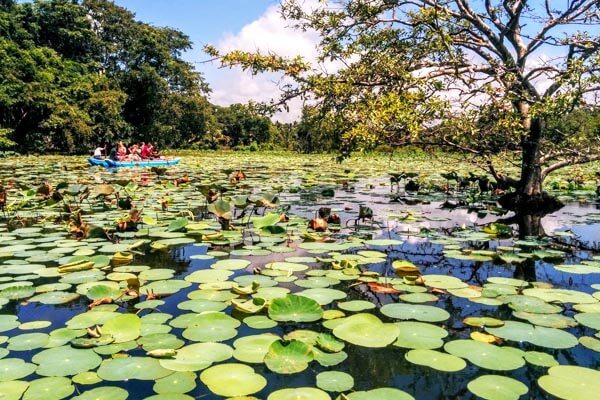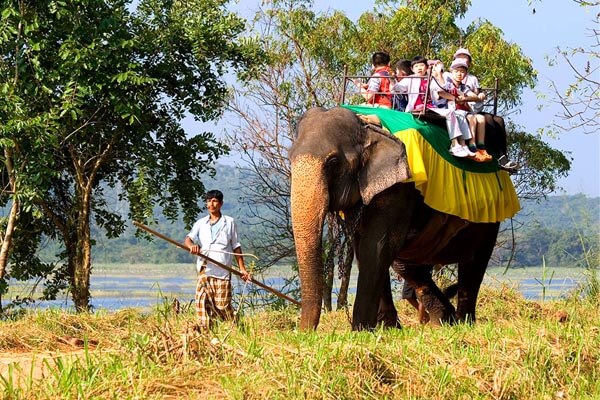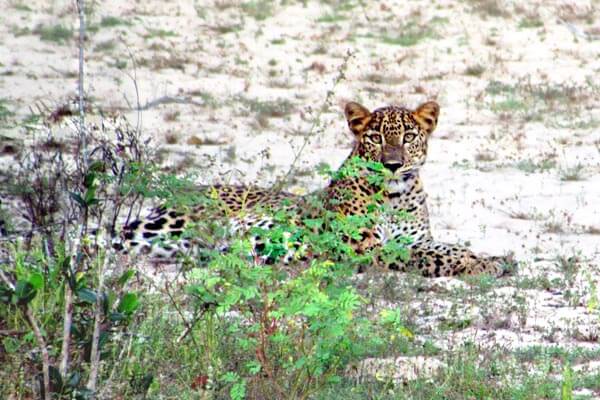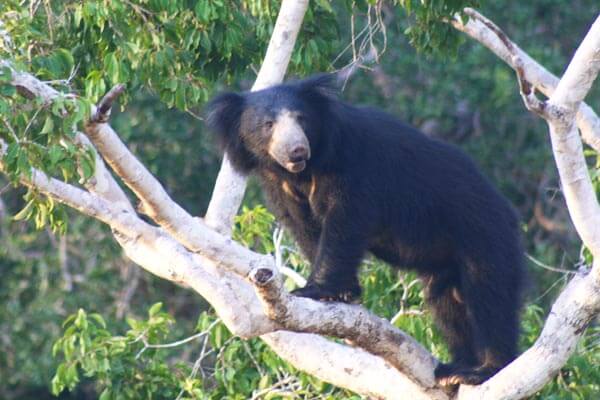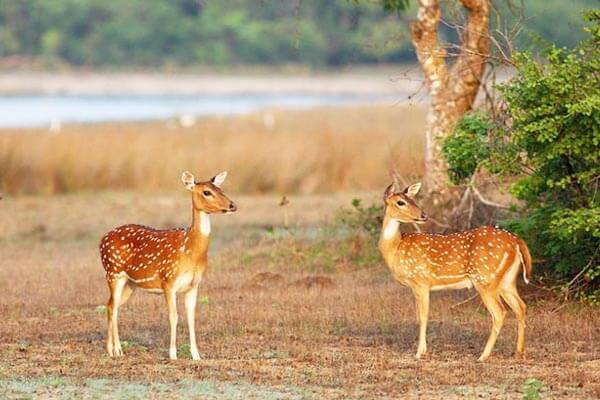Recorded history refers to Anuradhapura as the first capital of Sri Lanka. This extensive city still holds relics of architectural ruins of its ancient kingdom and Buddhist temples not seen in most parts of the world. Be prepared to grip history the minute you step into this sacred city; Anuradhapura. It is the base of ancient civilization in Sri Lanka and an ancient city with a rich heritage in history, culture, politics and religion.
The most famed monument is the ruins of the Brazen Palace and the Ruwanwelisaya built by King Dutugamunu in 164 BCE. Anuradhapura is one of the three stunning locations in the Cultural Triangle. Mahamevuna Uyana houses the Sacred Bo Tree or Sri Maha Bodhi, the oldest authenticated sacred tree, which is said to date back to BCE and planted from a sapling from the sanctified tree under which the Lord Gautama Buddha attained enlightenment. Another magnificent sight is the Jetavanaramaya, the largest Dagoba in the world. The city is spread with ruins of ancient Dagobas and other sites of religious significance. Their complicated carvings and sculptures are remarkable and the ancient stones speak of the days of yore when the city was ruled by brave kings presided over by Buddhist clergy.
Pilgrims around the world flock to Anuradhapura; it is regarded as a place where Buddhism is safeguarded for humanity. It is so unfortunate that the city finally declined in importance due to foreign invasions and went into disorder. Polonnaruwa gained prominence in the 10th century AD. A complete Archaeological Museum located in the city offers a greater understanding of the city’s unique monuments. The city remained the capital for almost 1,000 years and during the height of its rise, commanded great respect and power internationality. There is little to do in the city apart from visiting the ancient temples, monasteries and tanks.
The places of interest are Sri Maha Bodhiya, Ruwanweliseya, Thuparamaya, Lovamahapaya, Abhayagiri Dagoba, Jetavanaramaya, Mirisaveti Stupa and Lankarama. The other constructions of importance are Isurumuniya, Magul Uyana, Vessagiri, Ratna Prasadaya, and Queen’s palace, Dakkhina Stupa, Sela Cetiya, Naka Vihara, Kiribath Vehera, Kuttam Pokuna, Samadhi Statue and the Toluwila Statue.
Activities : Archaeology, Architecture, Historicity, Photography, Worship
